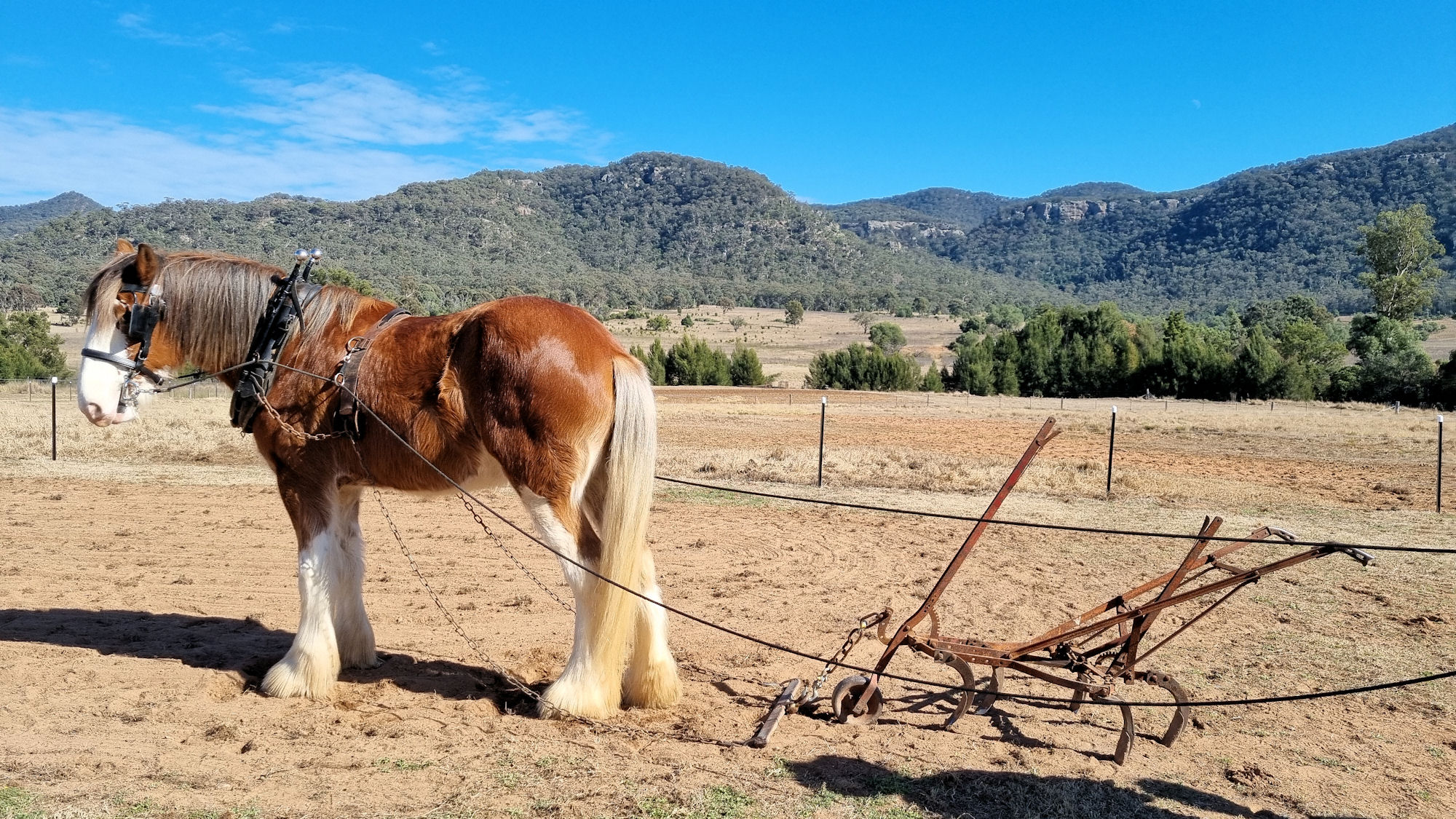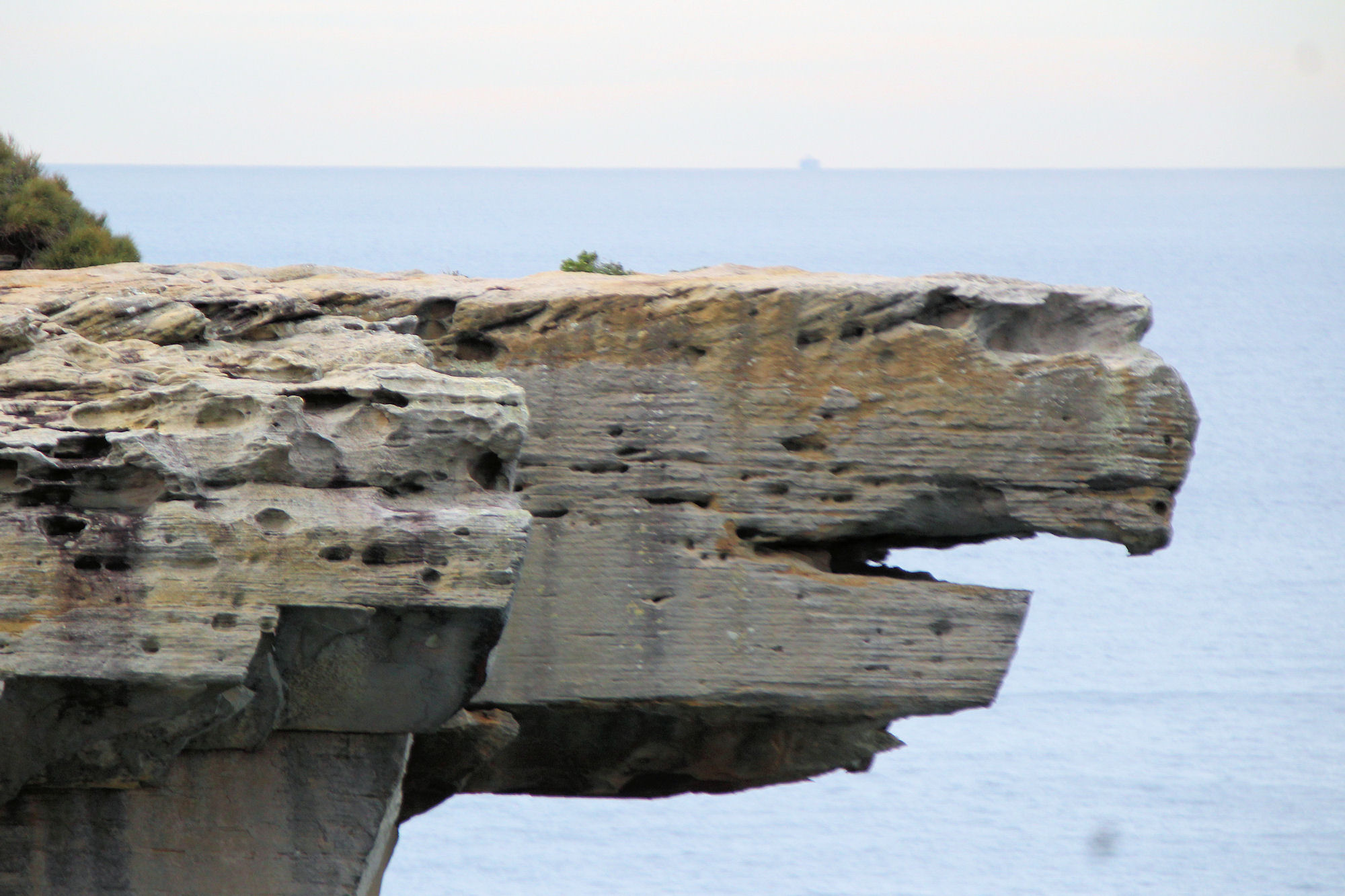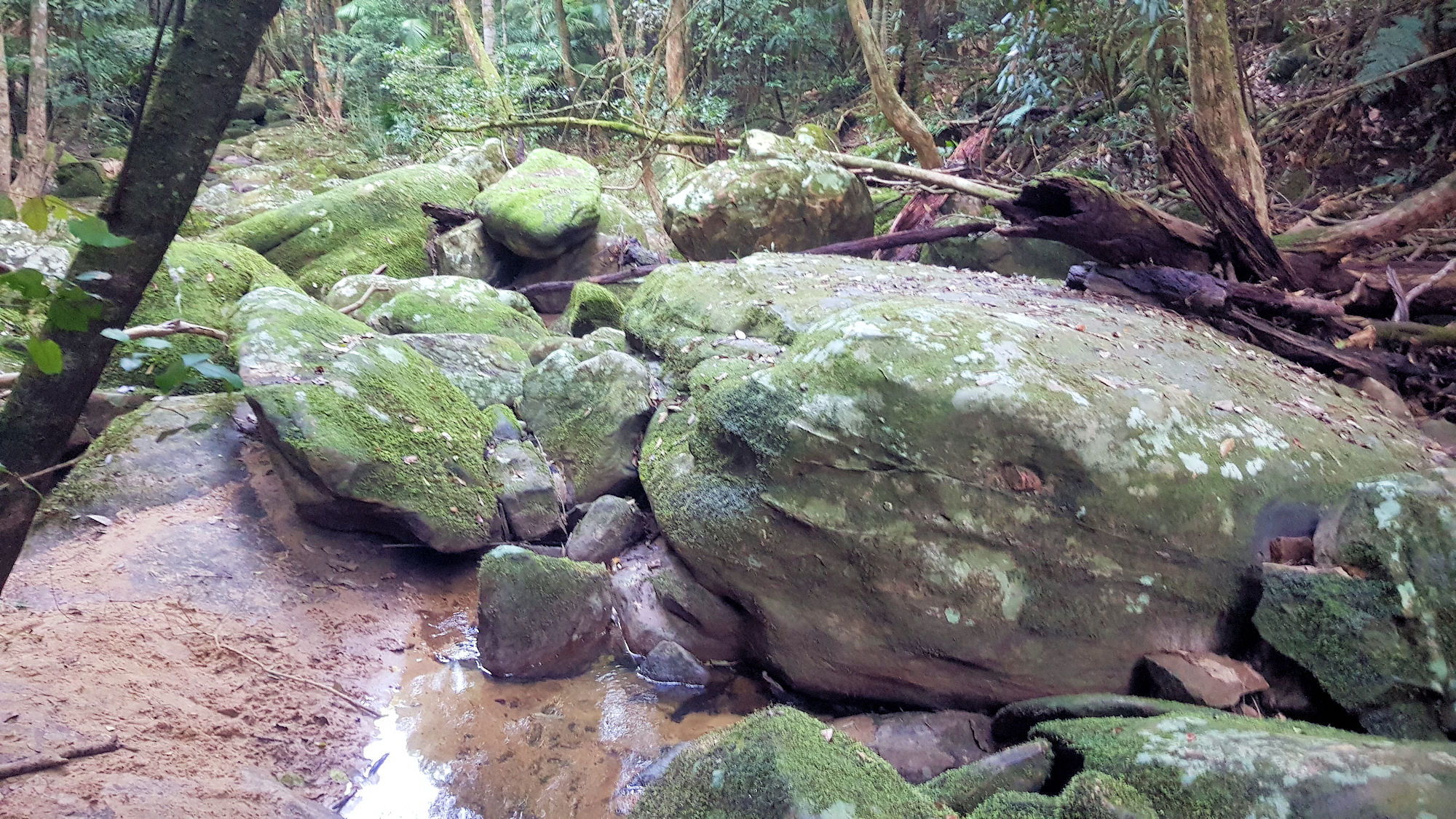Tag: New South Wales
-
Clydesdale Experience in the Upper Hunter

Clydesdale Experience in the Upper Hunter Located in the Hunter Valley near Jerrys Plains, The Clydesdale Experience is a fantastic way to spend three hours. Not only do you get to see the horses up close, but you see them work and learn their history, all in the beautiful Hunter Valley. Visits are by appointment… Read more
-
Eagle Rock Royal National Park

Eagle Rock in Royal National Park Getting There There are several ways to get to Eagle Rock, but we chose to start from Wattamolla car park. With great parking and toilet facilities, its a good place to start and finish the walk. A daily entry fee per car is payable and a ticket can be… Read more
-
Stoney Creek Track Strickland State Forest

Stoney Creek Track Strickland State Forest Getting There Located in the Strickland State Forest, Stoney Creek Track is a great walk winding its way along Stoney Creek from the upper Banksia picnic area to the lower carpark. Banksia Picnic Area The track starts near the entrance to the Banksia Picnic Area, where a large car… Read more